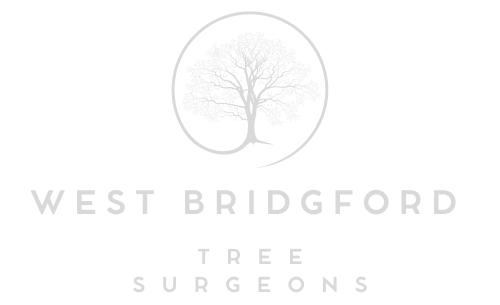Hedge Cutting for Beginners: Starting Your Gardening Journey Right
Introduction: Gardening is a rewarding hobby that allows you to connect with nature and create beautiful outdoor spaces. One essential skill for any beginner gardener is hedge cutting. Well-maintained hedges add aesthetic appeal to your garden and provide privacy, a habitat for wildlife, and a sense of structure. In this blog post, West Bridgford Tree Surgeons will provide beginners with valuable tips on how to start their gardening journey right with proper hedge-cutting techniques.
1. Gather the Right Tools:
Before you start hedge cutting, gather the essential tools:
- Hedge trimmers (manual or electric)
- Pruning shears or loppers
- Gloves
- Safety goggles
- Measuring tape or string
- Garden waste bags or a compost bin
2. Choose the Right Time:
Hedge cutting should be done at the appropriate time of year to avoid harming the plants. For most hedges, late winter or early spring is the ideal time before the nesting season begins. However, check the specific needs of your hedge species, as some may have different pruning requirements.
3. Plan and Measure:
Beginners often make the mistake of cutting hedges without a plan. First, measure the height and width you want for your hedge. Use a string or a piece of hose as a guide to ensure a straight and even cut. Mark the endpoints with stakes or chalk lines.
4. Safety First:
Safety should be a priority when hedge cutting. Wear gloves to protect your hands, safety goggles to shield your eyes from debris, and appropriate clothing. If using electric trimmers, be cautious with the cord to avoid accidents.
5. Start with the Basics:
For beginners, it’s essential to start with basic hedge-cutting techniques:
- Remove dead or diseased branches.
- Trim the top of the hedge first, following the marked height.
- Work down the sides, maintaining a slight taper to allow sunlight to reach the lower branches.
- Make clean, diagonal cuts to promote healthy regrowth.
6. Maintain the Right Shape:
Different hedges have different growth habits, so it’s essential to maintain the right shape for your chosen species. Research the ideal shape and pruning technique to achieve the desired look, whether you have formal, informal, or natural hedges.
7. Regular Maintenance:
Hedge cutting is not a one-time task but an ongoing process. Regular maintenance is essential to keep your hedges healthy and looking their best. Trim your hedges once or twice a year, depending on the growth rate of the species.
8. Dispose of Trimmings Responsibly:
Dispose of hedge trimmings responsibly. Add them to your compost bin or use them as mulch in your garden. Avoid dumping them in natural areas where they could harm local ecosystems.
9. Seek Professional Help if Needed:
If you have tall or extensive hedges or are uncertain about the pruning needs of a particular species, don’t hesitate to seek professional assistance. West Bridgford Tree Surgeons can provide expert advice and services to ensure your hedges thrive.
Conclusion: Hedge cutting is a valuable skill for beginner gardeners, and with the right tools, knowledge, and practice, you can achieve beautiful, healthy hedges that enhance your garden’s beauty and functionality. Following these tips and starting your gardening journey with care and attention to detail, you’ll be on your way to a thriving and attractive outdoor space.
Call us on: 0115 647 1188
Click here to find out more about West Bridgford Tree Surgeons
Click here to complete our contact form and see how we can help with your tree’s needs.

